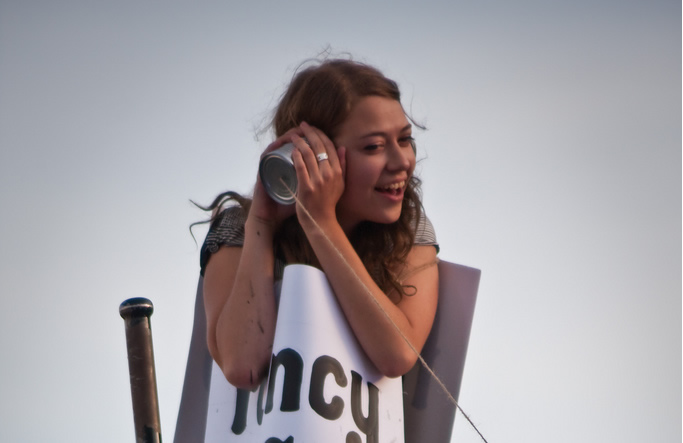
When my parents named me Anat, I don’t think they realized the ramifications it would have on my life and my ongoing obsession with names. Anat is a biblical name, very popular in Israel but not so much anywhere else. The actual pronunciation isn’t Annette, A-knot or A-nat. It’s A- nut. Yup, like a nut. So you see the problem. It started when my family moved to Montreal when I was 10 (after a stint in Tehran where it hadn’t been an issue). Kids can be cruel and so they (predictably) were.
Even as an undergrad I was taunted with “Anat is a nut”. I won’t get into whether they were right; suffice to say that I decided to turn it off. So now when people ask me how to pronounce my name, I tell them: “anyway you want.” I tune it out. Problem solved.
Having an unusual name has had its advantages in recent years. There aren’t too many namesakes on Google. It’s easy to get an email address, Twitter handle etc. And people tend to remember the name once they see it. And despite all that, if I had kids I’d give them short, easy to pronounce and spell names.
So what does this have to do with startups? Everything. Because branding starts with a name. In my past (ad)ventures the name always came to me first. Travel Fanatic, Perfect Man For Me, Beer Wars − everything started there. The name helped tell the story.
My latest company − StashWall − did not start out that way. It began with a germ of an idea and the name, it took months to create. I went through every reference book at the Beverly Hills library. I spent weeks online researching everything from ancient gods to plant species. I lived on Visual Thesaurus. At times I wondered if not finding a name was a sign. That maybe the idea was flawed and I should run from it. But I couldn’t. I was hooked and so I persisted.
It’s not that I couldn’t find great, descriptive names. The problem was WHOIS – every name I fell in love with was already taken as a domain name. So I had to get creative and build my own. I decided to amalgamate 2 words I’d been playing with: “Stash” – which basically describes what you do with your stuff and “Wall” – which tells you where you’re putting it.
We’re still in private alpha so it’s early on but the response to the name has been positive overall. Detractors (you know who you are) are in the minority. Ultimately, great companies are built on great ideas created by great teams. The name becomes secondary once the company is successful. Check back with me in a few years.


